Gold Winged Djed Ankh Pendant
Original price was: $100.$55Current price is: $55.
The djed-pillar can perhaps be understood as the backbone of Osiris, or that of the deceased associated with him. The Egyptians recognized the importance of the spine and saw it as a symbol that kept Osiris, the resurrected god, intact and able to function. Spell 151e of the Book of the Dead refers to the djed-pillar amulet as “the magical protection of Osiris,” and spell 155 was recited over this amulet as it was placed on the throat of a mummy. As a hieroglyph, the djed-pillar denotes the more abstract concepts of stability, endurance, and rejuvenation.
The ankh symbol—sometimes referred to as the key of life or the key of the nile—is representative of eternal life in Ancient Egypt. Created by Egyptians long ago, the ankh is said to be the first–or original–cross. The ankh is often shown in the hands of important Egyptian figures, such as pharaohs and kings, preserving their immortality. Moreover, the ankh is commonly depicted in temples and in the grasp of major Egyptian gods such as Osiris, Isis, and Ra. It could also have a more physical connotation: the ankh may represent water, air, and the sun, which were meant to provide and preserve life in Ancient Egyptian culture. Additionally, ankhs were traditionally placed in sarcophagi to ensure life after death. While the ankh is a widely known hieroglyph, its origins are somewhat unclear. Because the ankh shows similarities to the Knot of Isis, some speculate that the ankh and the Knot of Isis represent the same thing: an intricate bow.X
Material:
Brass
- Additional information
Additional information
| Material | Brass |
|---|

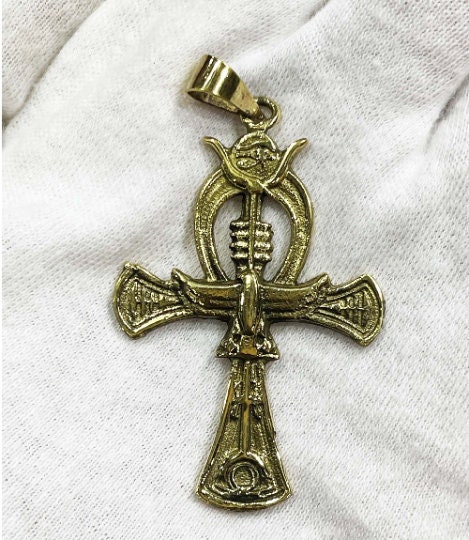
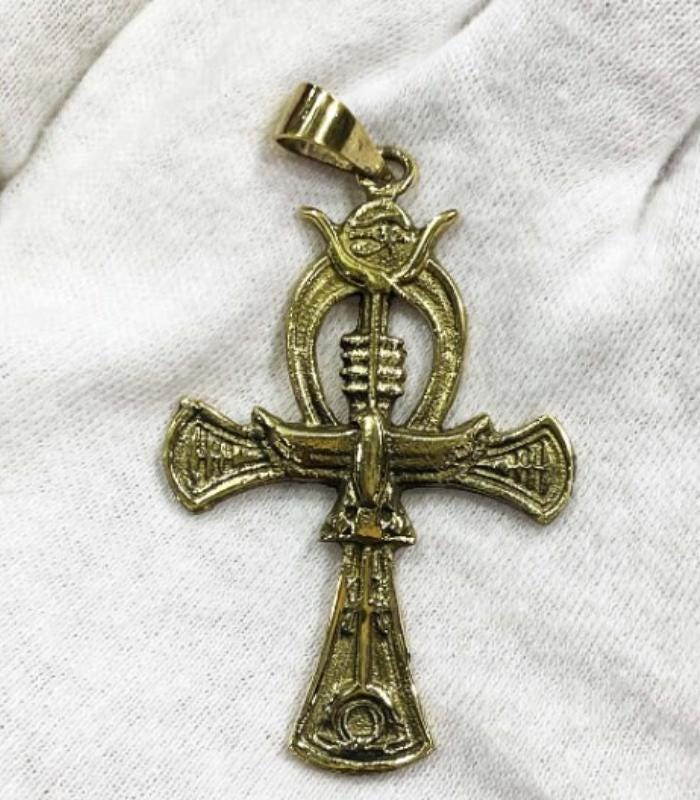
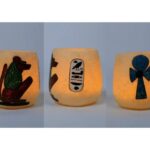
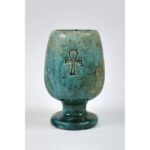
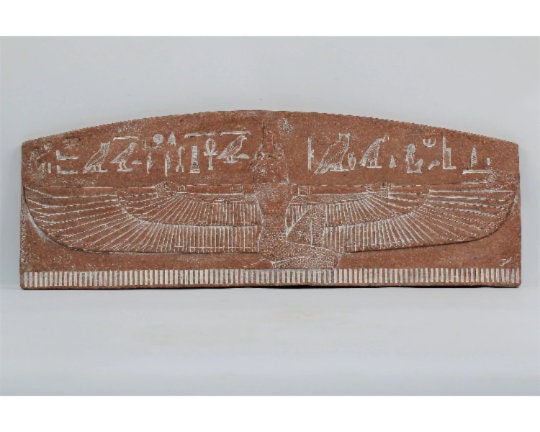
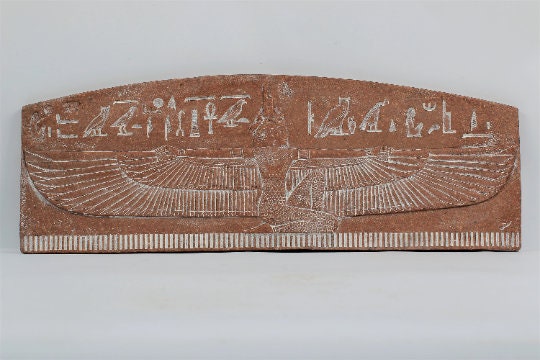
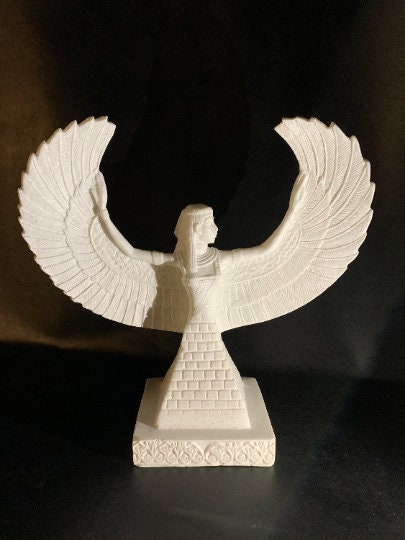
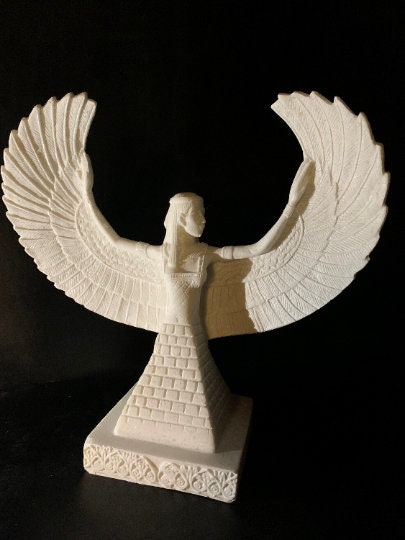
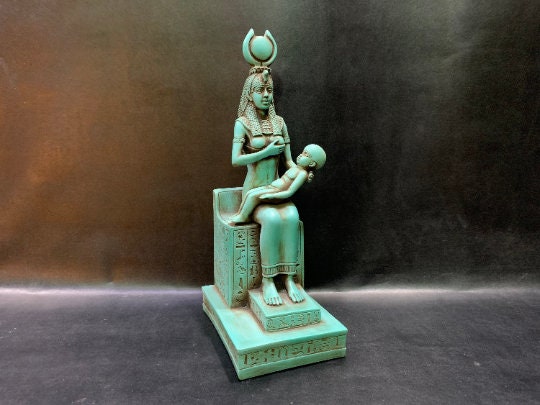
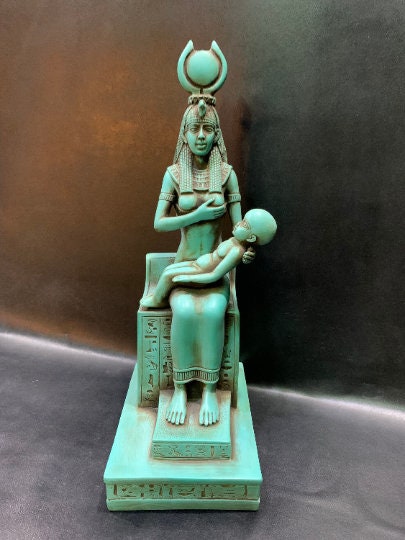
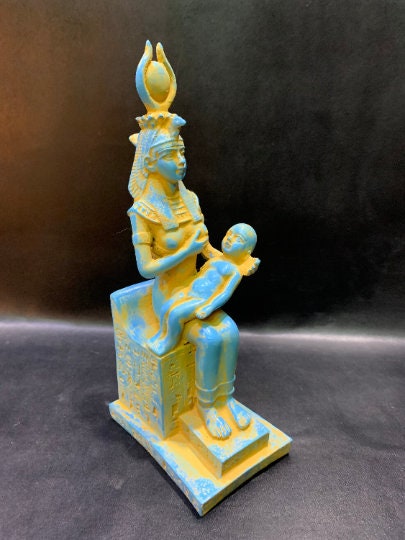
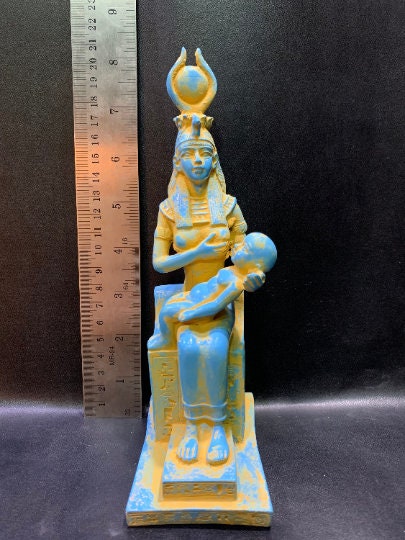

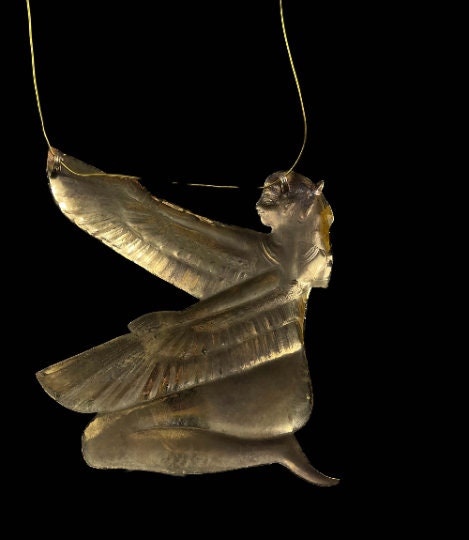
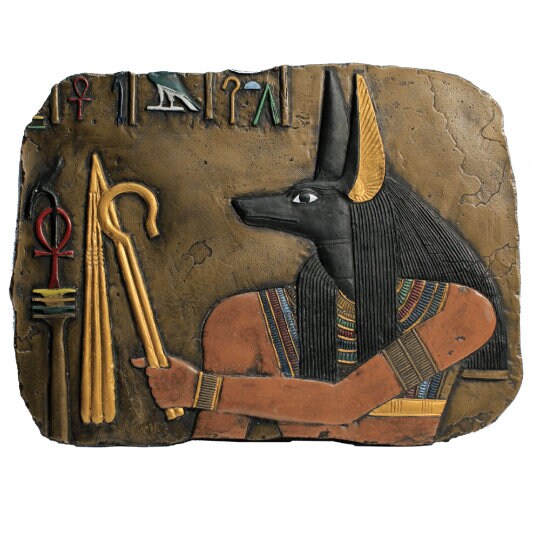
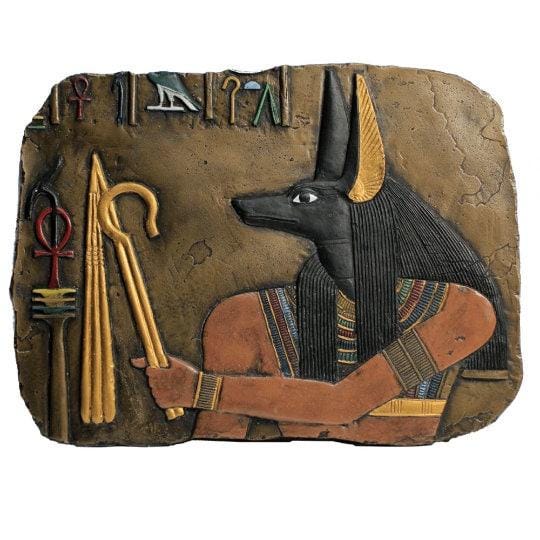
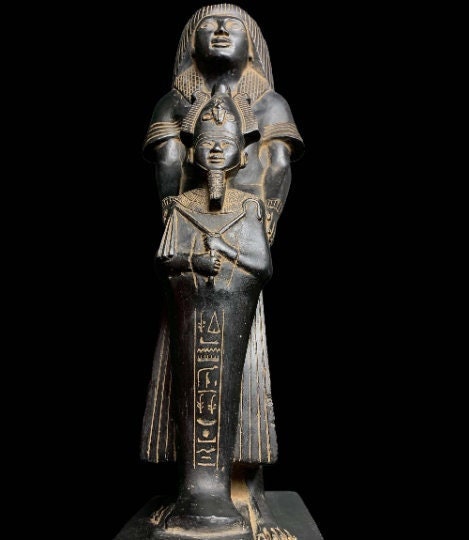
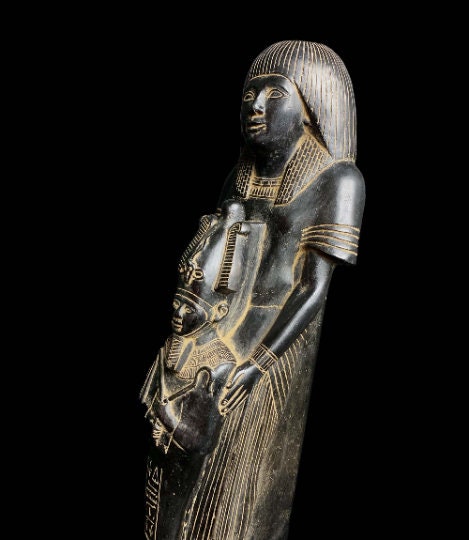
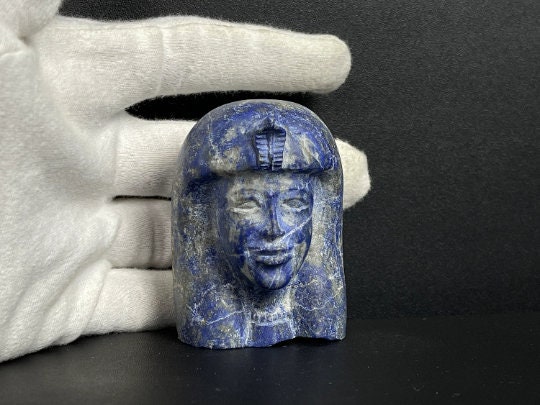
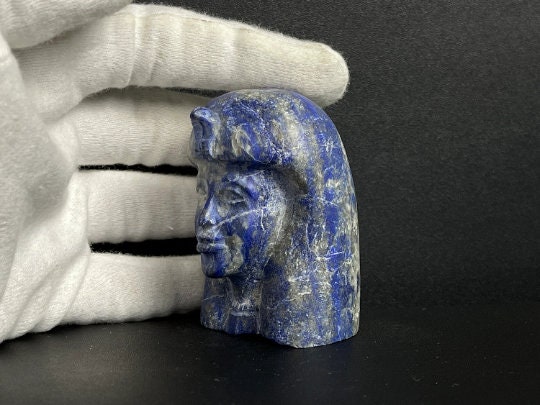
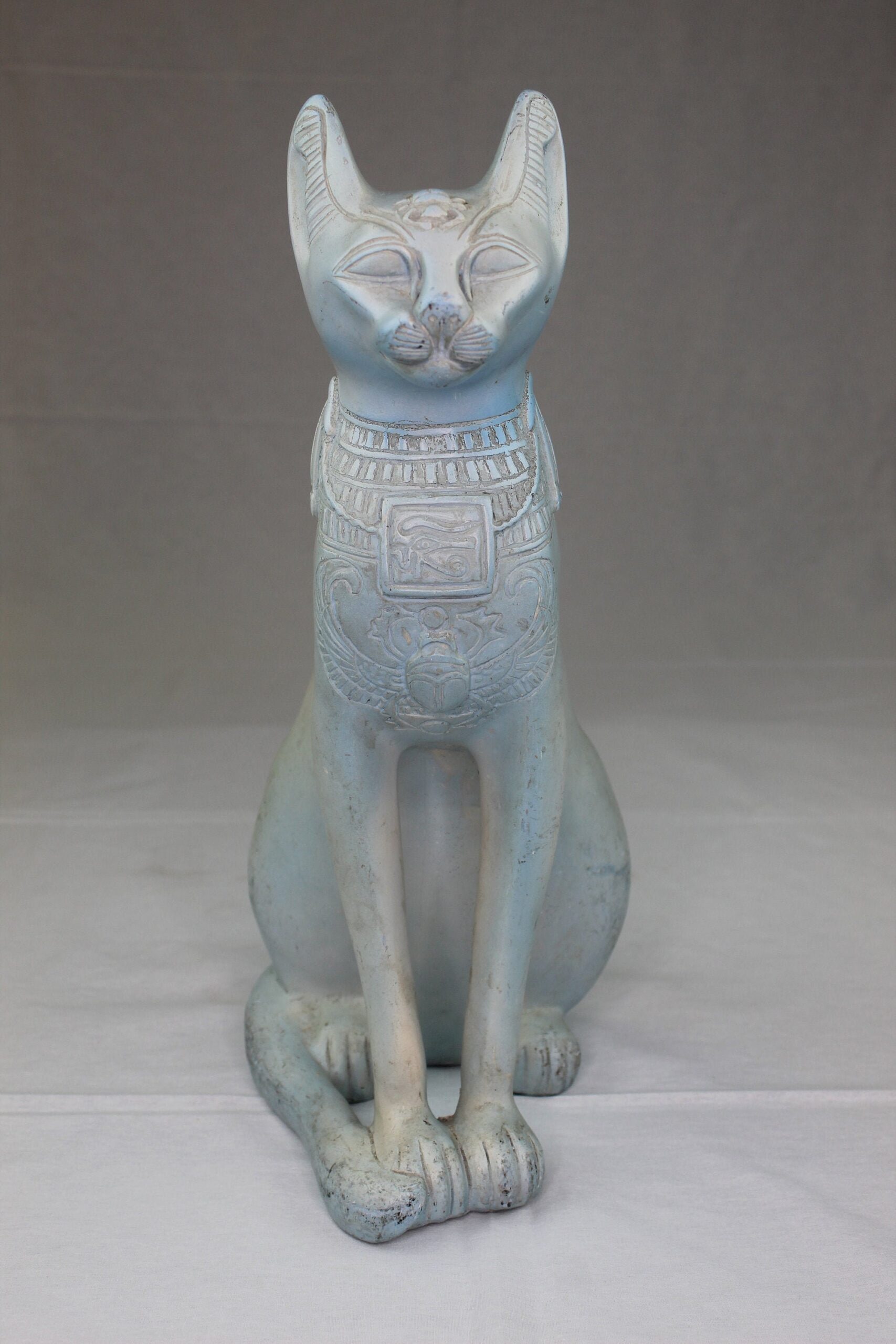
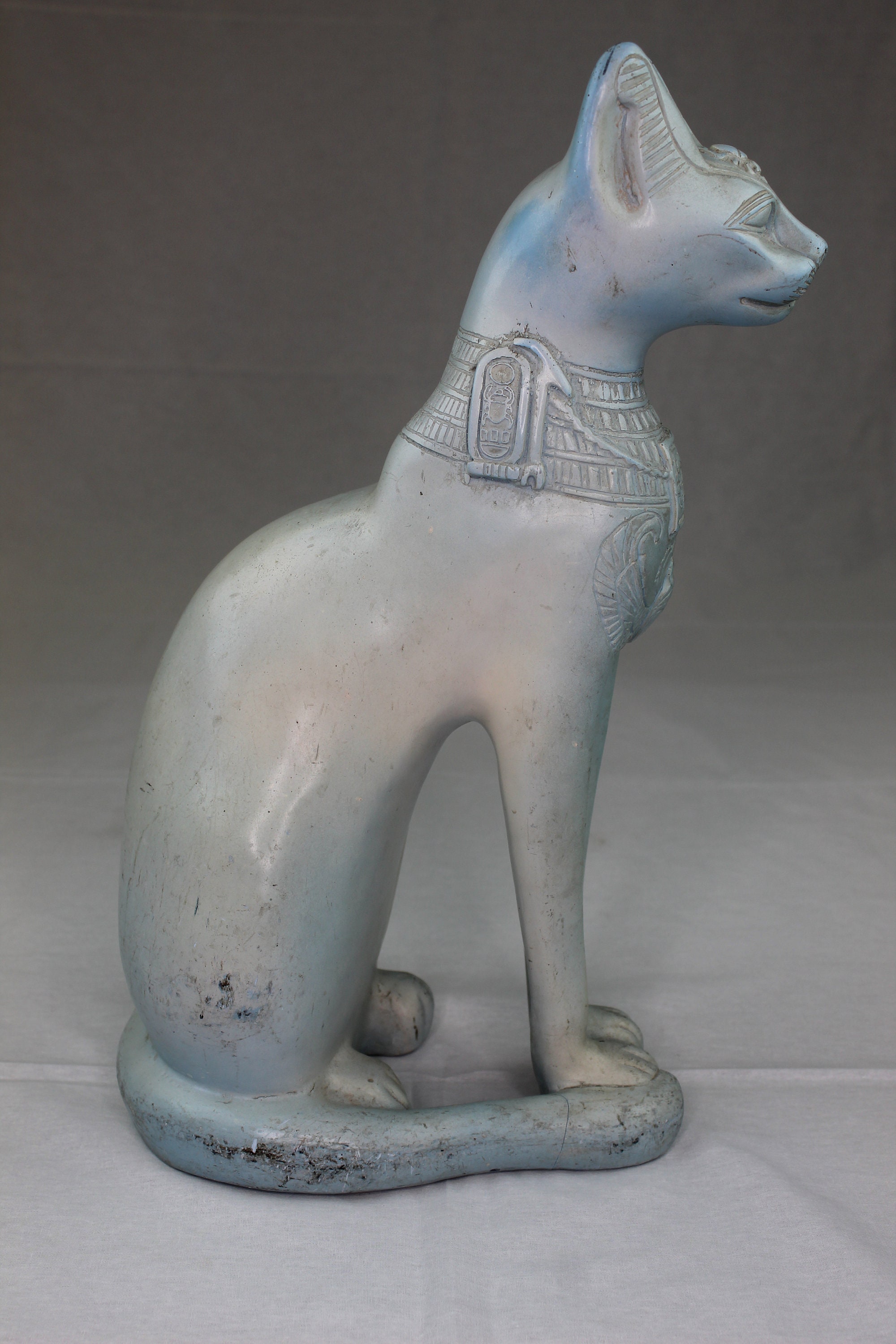

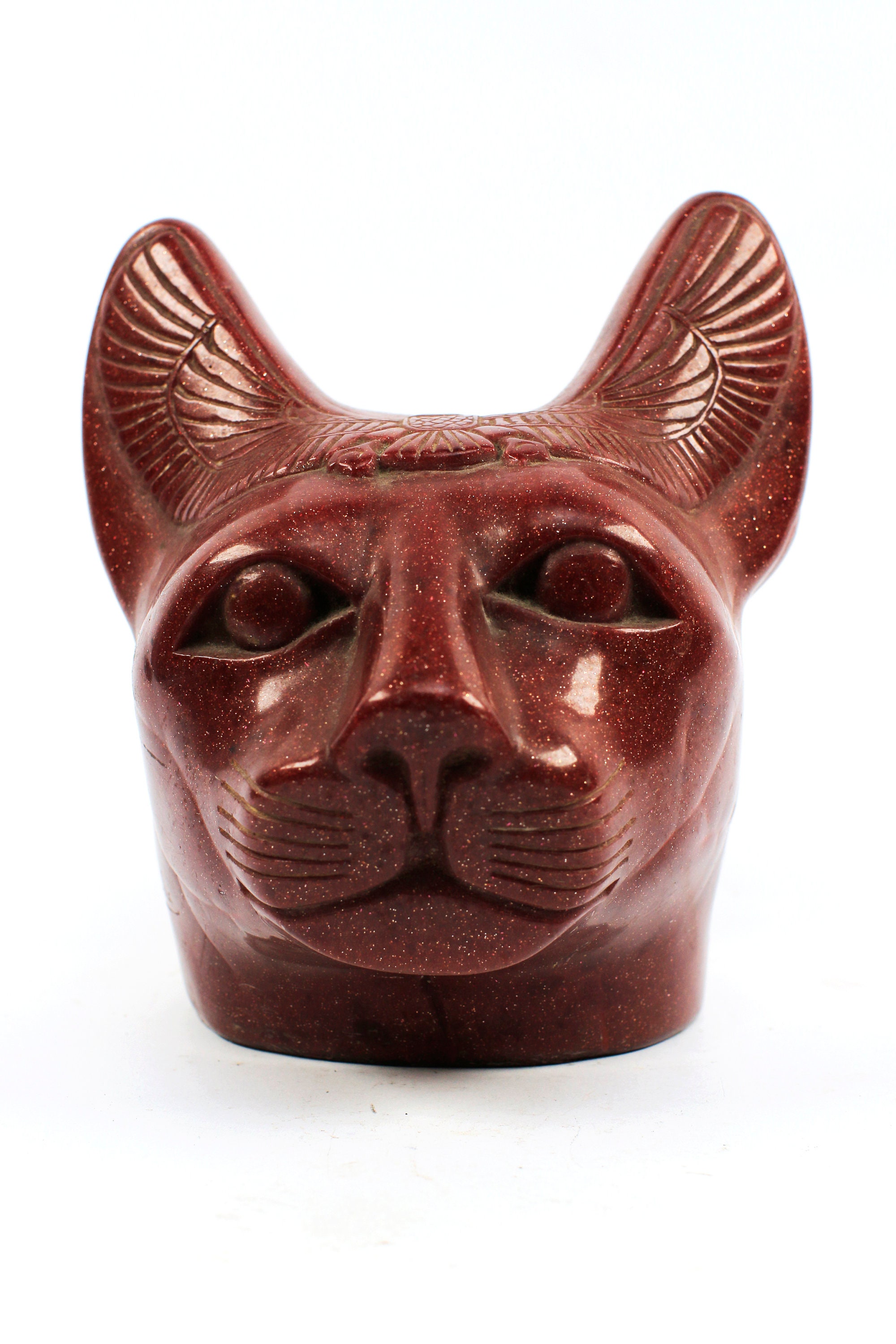
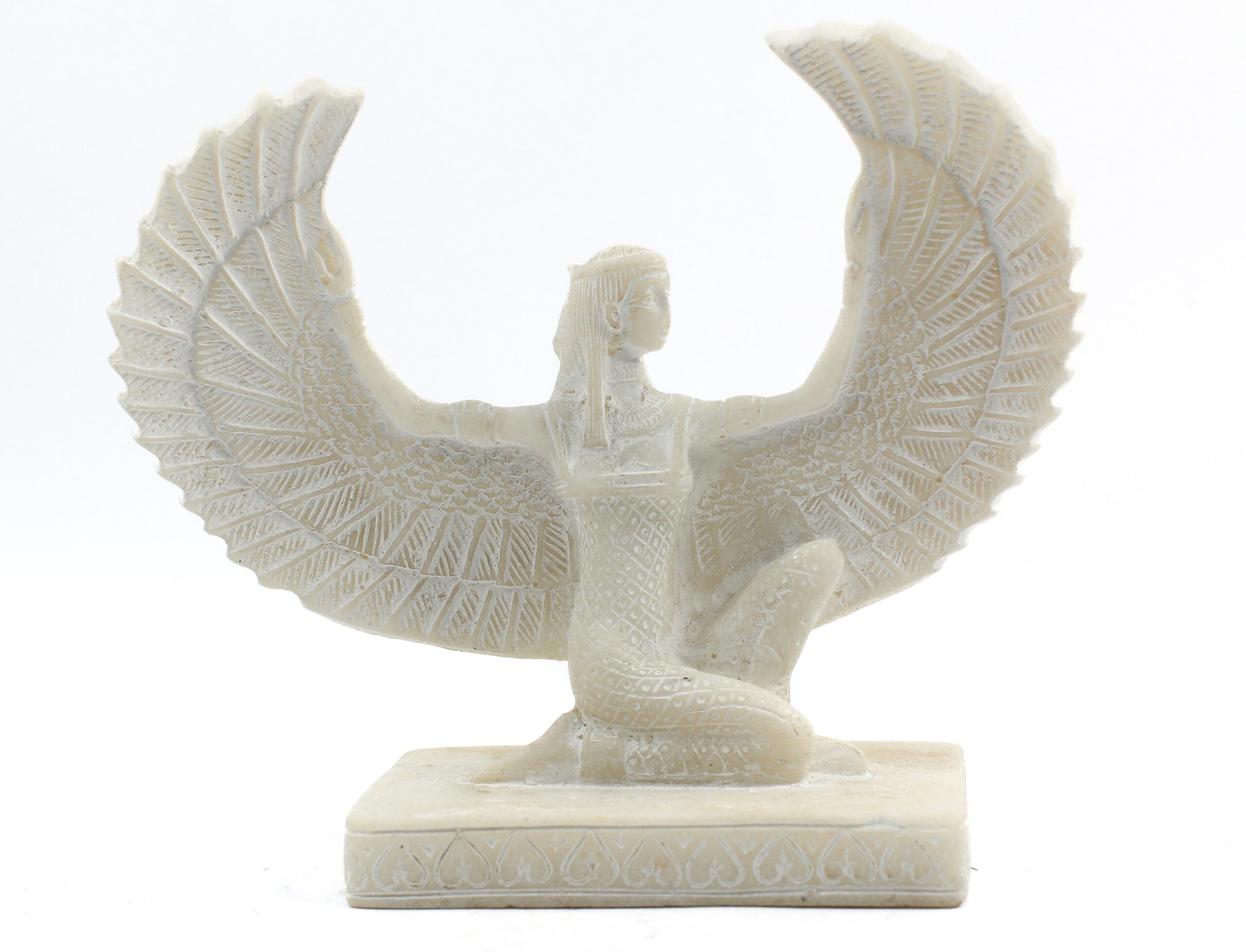

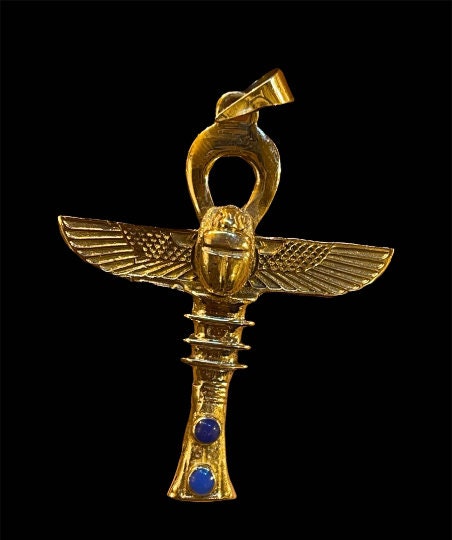
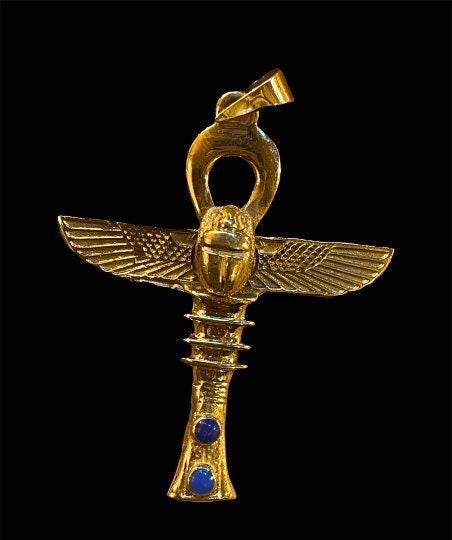
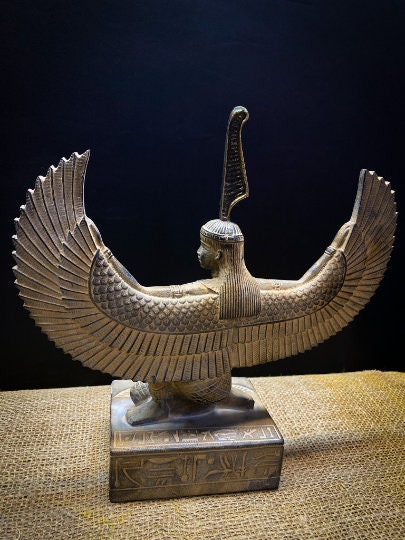
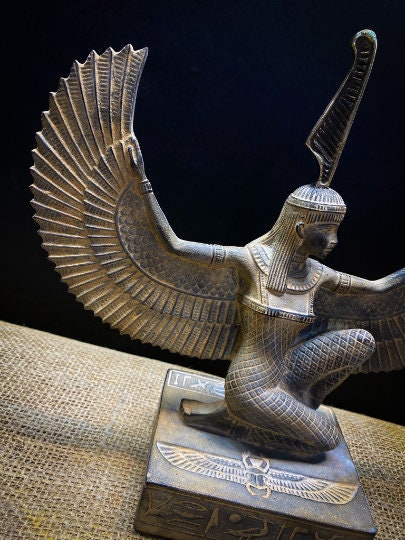

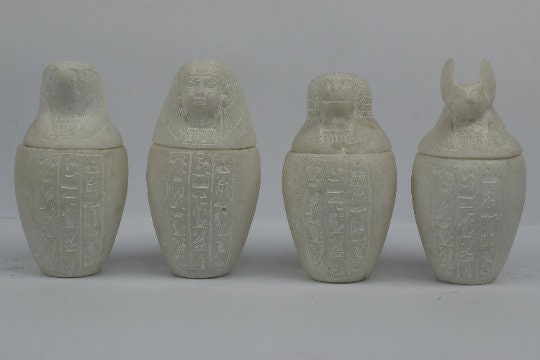
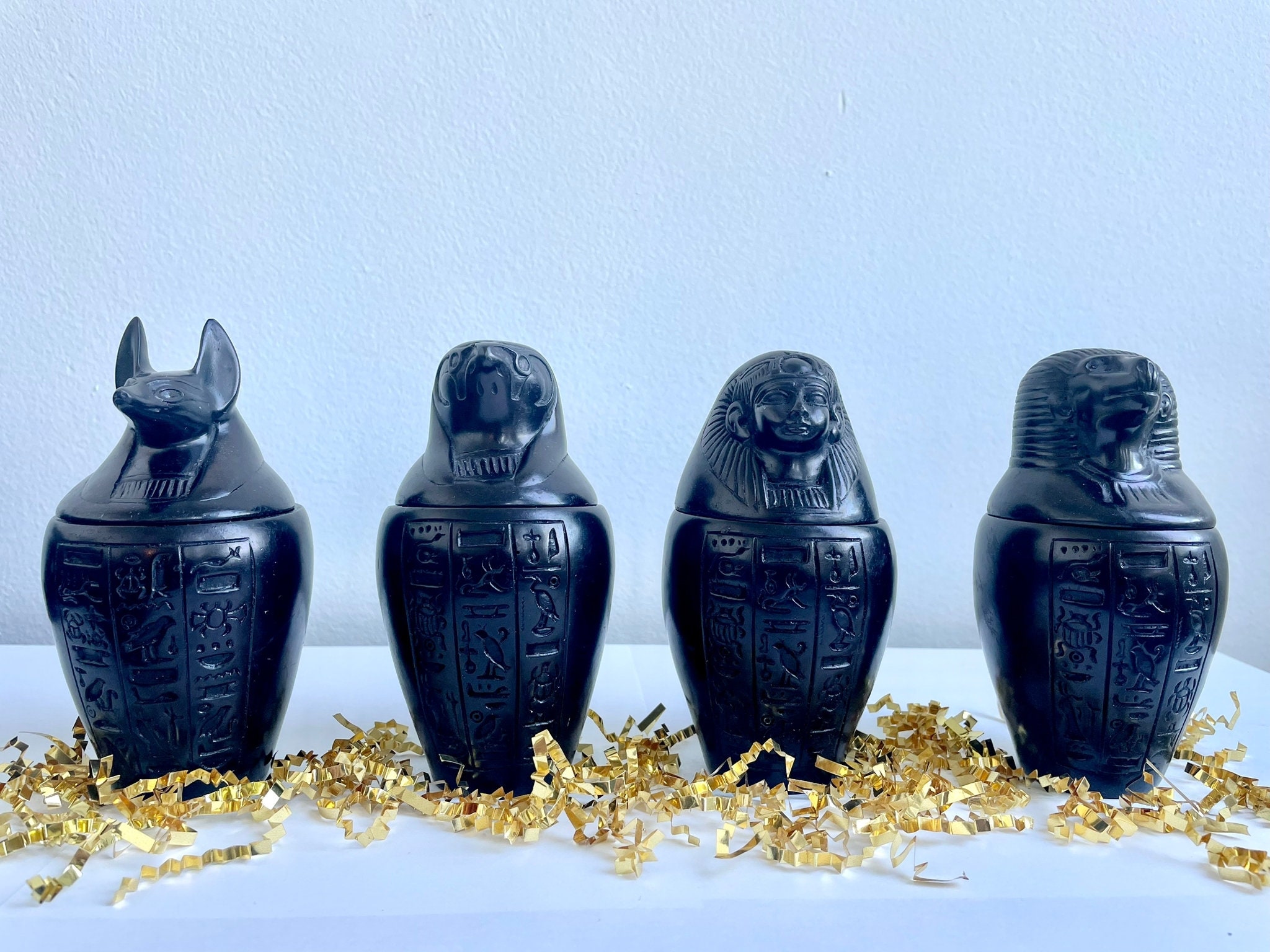
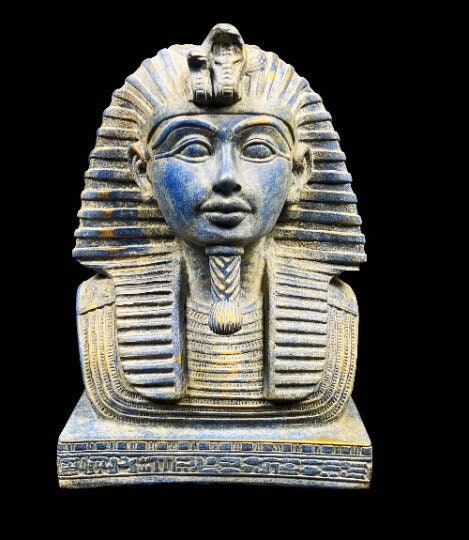
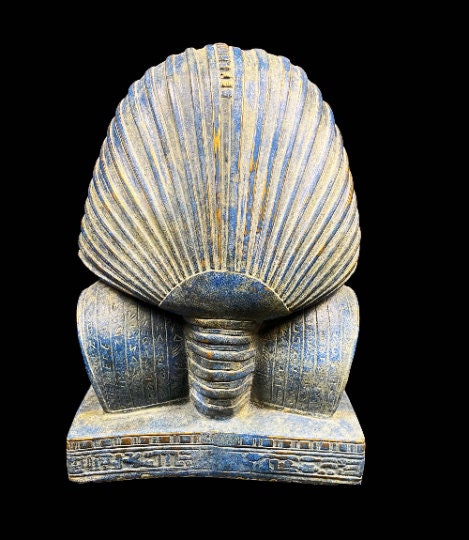
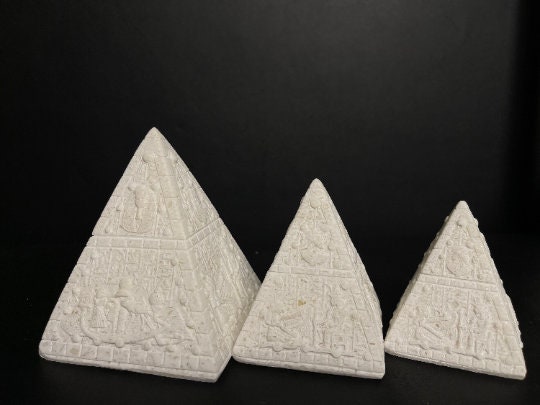
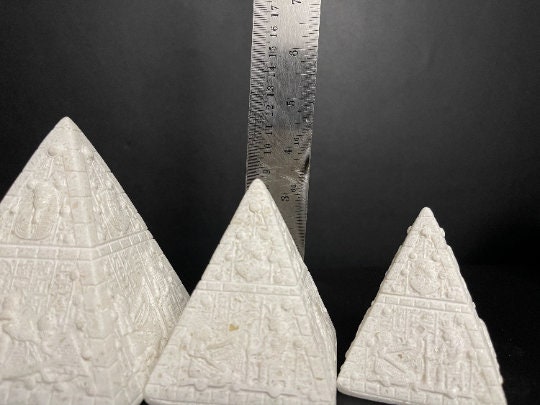
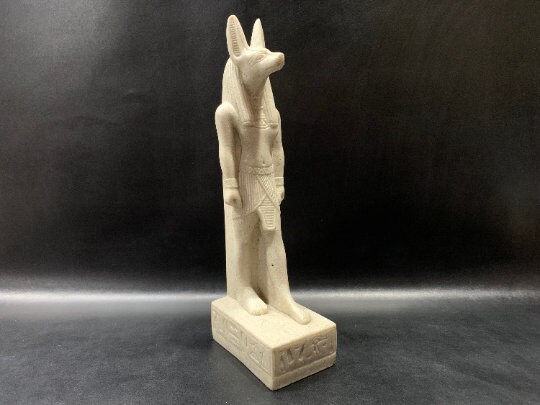
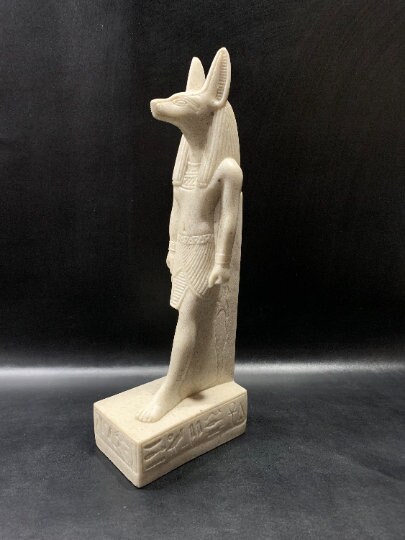
What others are saying
There are no contributions yet.